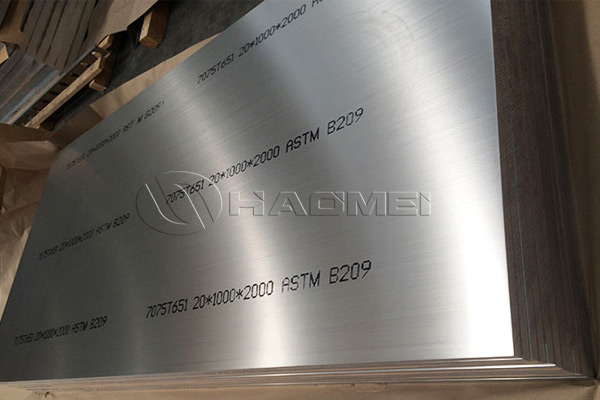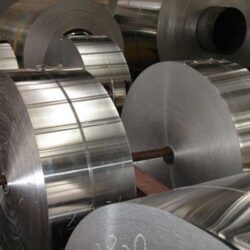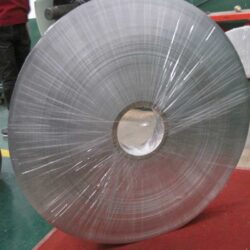There are at least a dozen wrought aeronautical aluminum alloys, mainly concentrated in two types of alloys, Al-Cu and Al-Zn. Al-Cu is a medium to high strength, high fatigue, high corrosion resistance aluminum alloy, the so-called 2xxx series aluminum alloy, including 2024, 2324, 2524 aluminum etc. Al-Zn belongs to high-strength, high-fatigue aluminum alloys, the so-called 7xxx series aluminum alloy, including 7050, 7055, 7075 aluminum etc. The corrosion resistance of 7xxx series aluminum alloy is not as good as that of 2xxx series aluminum alloy, especially the stress corrosion resistance is not good, so 7xxx series aluminum alloy needs a special heat treatment process to improve the corrosion resistance.
1, Wing material
The spar inside the wing is the main force-bearing part of the wing, and is generally made of super-hard aeronautical aluminum alloys and steel or titanium alloy; the joint part of the wing spar and the fuselage is made of high-strength structural steel. Due to the different stress conditions of the upper and lower wing surfaces, the wing skins are made of super duralumin with good compressive properties and duralumin with good tensile and fatigue properties. To reduce weight, the leading and trailing edges of the wing are often constructed of glass fiber reinforced plastic (fiberglass) or aluminum honeycomb sandwich (core). The structural material of the rear wing is generally made of super duralumin. Sometimes fighters choose boron or carbon fiber epoxy composite materials to reduce the weight of the tail and improve combat performance. The rudders and elevators on the tail are made of duralumin.
2, Airframe material
When the aircraft is flying at high altitude, the pressurized cockpit of the fuselage is subjected to internal pressure, and it is necessary to use hard aircraft aluminum with high tensile strength and fatigue resistance as the skin material. The frame of the fuselage is generally made of super-hard aluminum, and the reinforcing frame that bears a larger load is made of high-strength structural steel or titanium alloy. The airborne radar of many aircraft is mounted on the nose of the fuselage, and is generally covered by a nose cone made of glass fiber reinforced plastic to transmit electromagnetic waves. The canopy and windshield of the cockpit are made of clear acrylic plastic (Plexiglas). When the aircraft lands, the main landing gear must withstand the impact force of hundreds of kilonewtons or even several meganewtons (tens of tons of force to hundreds of tons of force) in an instant, so ultra-high-strength structural steel with good impact toughness must be used. The front landing gear is less stressed, usually made of ordinary alloy steel or aeronautical aluminum alloys.


